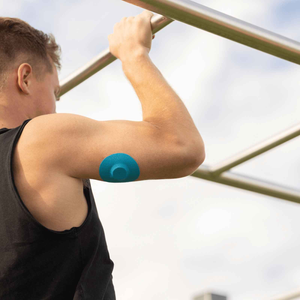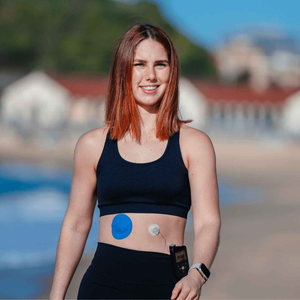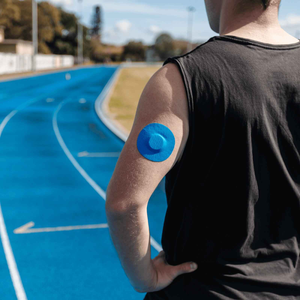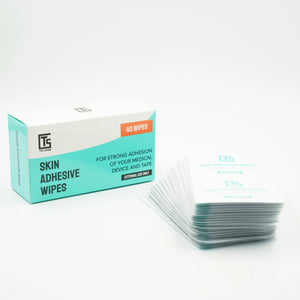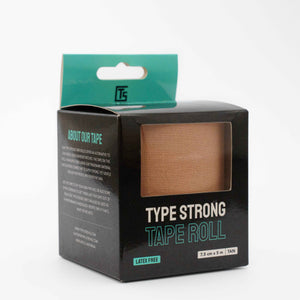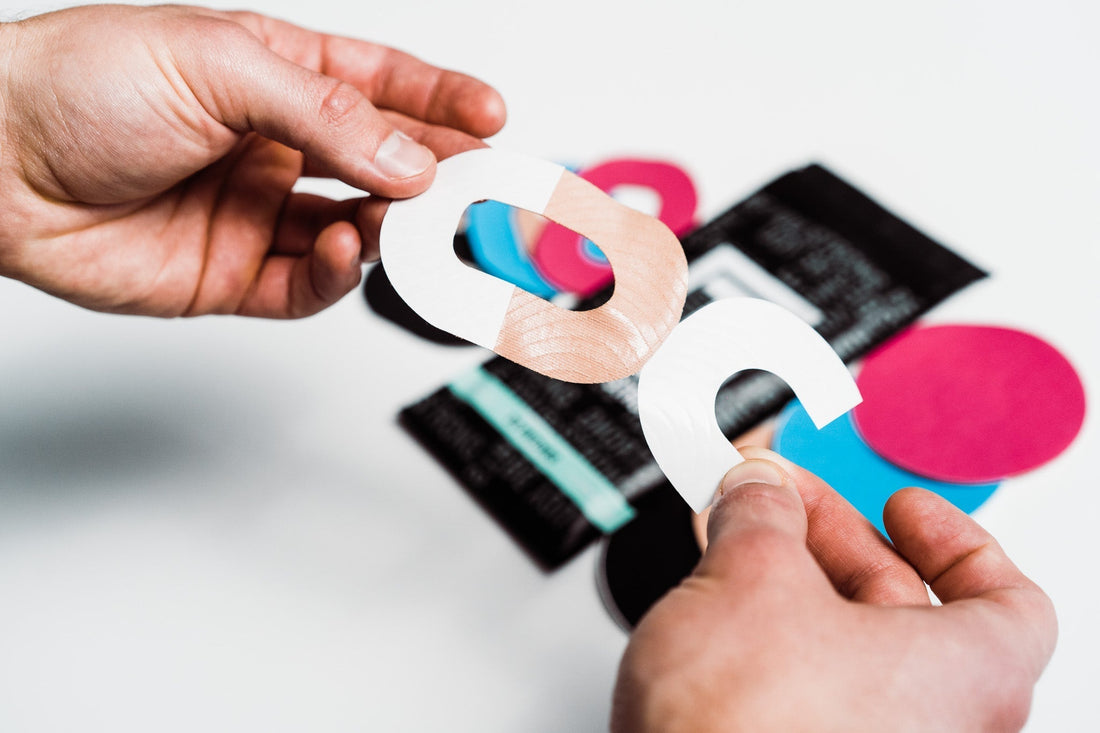Managing diabetes comes with its routines, and keeping your CGM patch secure is one of them. Whether you're using a Dexcom, Freestyle Libre, or Medtronic sensor, how you prepare your skin before applying the patch plays a major role in how well it stays put.
In this guide, we’ll walk you through the key steps to prepare your skin properly - so your CGM patch lasts longer, feels better, and doesn’t get in the way of your everyday life.
Why Skin Prep Is More Than Just a Nice-to-Have
It’s tempting to skip prep and slap the patch on, especially when you’re in a rush. But here’s what can happen if you don’t take that extra minute:
- Body oils and sweat may interfere with the adhesive
- Improper placement can cause early peeling or edge lifting
- Your skin may be more prone to itchiness or discomfort
Disclaimer: If you’re prone to skin sensitivities or allergic reactions, speak with a healthcare provider before trying new prep methods or products.
Five Prep Steps That Can Make All the Difference
Here’s a practical breakdown of what works - and what to watch out for.
- Pick a Good Spot - Flat areas with little movement usually work best. Consider the back of your upper arm or lower abdomen. Stay away from hairy areas, skin folds, or places that rub against clothing.
- Clean the Skin - Use fragrance-free soap or an alcohol wipe. Make sure all residue from lotions or sweat is removed, and let the skin dry completely. Any leftover moisture can weaken the hold and lead to irritation.
-
Consider a Barrier - If you're applying your patch in warm weather or before exercise, a patch-safe barrier layer can help. Hot and humid conditions often lead to patch lift. A light, skin-friendly barrier wipe may add support.
Always test on a small area of skin if using anything new, especially if you’ve had previous reactions. - Skip the Moisturiser - Even light moisturising products leave behind a film. Avoid anything that could reduce grip, and instead aim for dry, clean skin. This is the best foundation for long-lasting wear. Here's what to expect in terms of typical patch life.
-
Give It Time to Set - After applying the patch, avoid showering or exercising straight away. Waiting 30–60 minutes helps the adhesive cure fully. If you're wearing Dexcom overpatches, this step is especially important.

Prep Advice by Device Type
Different devices have different demands. Here are a few helpful notes:
- Dexcom G6/G7 - Clean thoroughly and apply a Dexcom-specific patch for a secure fit.
- Freestyle Libre 2/3 - Avoid areas that bunch or crease and follow Libre prep advice.
- Omnipod - Choose areas that don’t rub on waistbands or sleeves. Omnipod-specific patches can help hold the device steady.
Need something custom? Our CGM tape roll lets you cut your own size. Not sure if you need custom or pre-cut? Check out our pre-cut vs DIY guide.
Products That Support Prep and Removal
Here's what many of our community members use for reliable prep and removal:
- Gentle, non-moisturising wipes
- Skin-safe barrier layers for extra grip
- Adhesive removers for painless removal
If you're layering for extra security, see our breakdown on what happens when you stack patches.
Why People Trust Type Strong Patches
Our patches are made for real life - workouts, travel, sweat, and even sleep. Here’s what sets them apart:
- 10+ day durability
- Sweatproof and waterproof materials
- Friendly to sensitive skin
- Built specifically for Dexcom G7, Libre, Medtronic, and Omnipod
- Value bundles available in multi-pack savings

Final Thoughts
Skin prep doesn’t need to be complicated. With a clean site, the right placement, and a few simple habits, you’ll give your patch the best chance of lasting longer and feeling better.
If you’re just getting started, read our beginner’s guide to CGM patches.
Already experienced? Keep spares on hand for when life gets messy.
Frequently Asked Questions
- How should I prep my skin before applying a CGM patch? Clean the area with alcohol or mild soap, let it dry, and avoid lotions. Some users benefit from a patch-safe barrier layer.
- Can I use prep sprays if I have sensitive skin? Always patch-test first. For more guidance, read about our patches designed for sensitive skin.
-
Does the weather affect how long my patch stays on?Yes - heat and humidity can make adhesion trickier, which is why prep is key in summer months.
